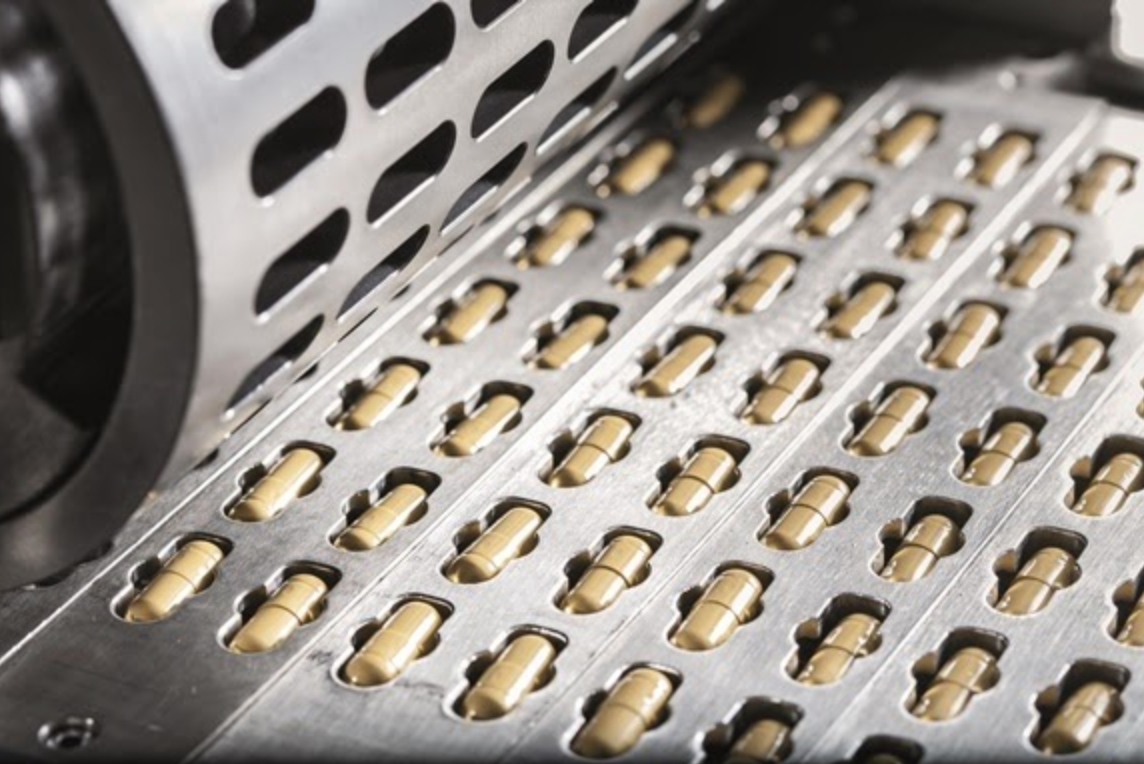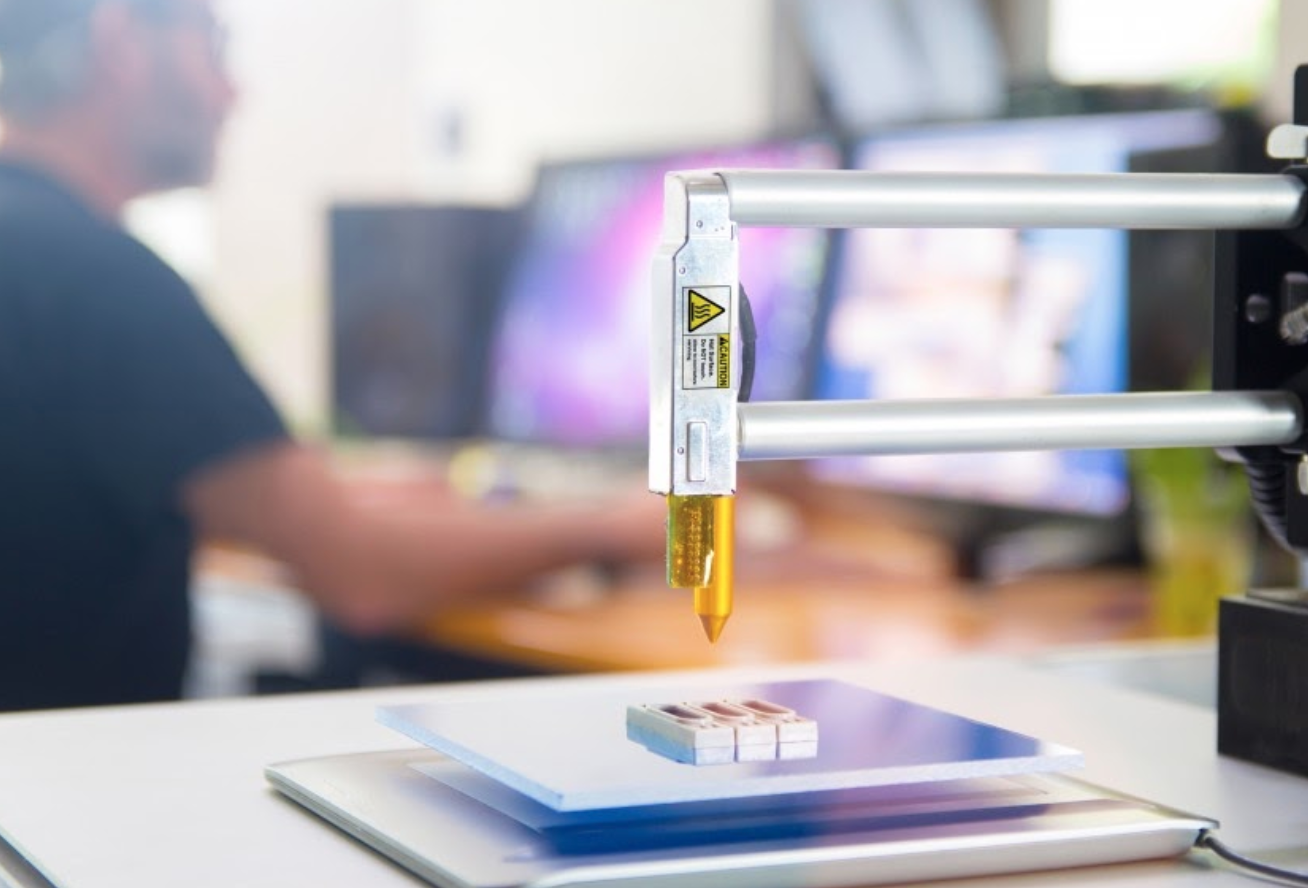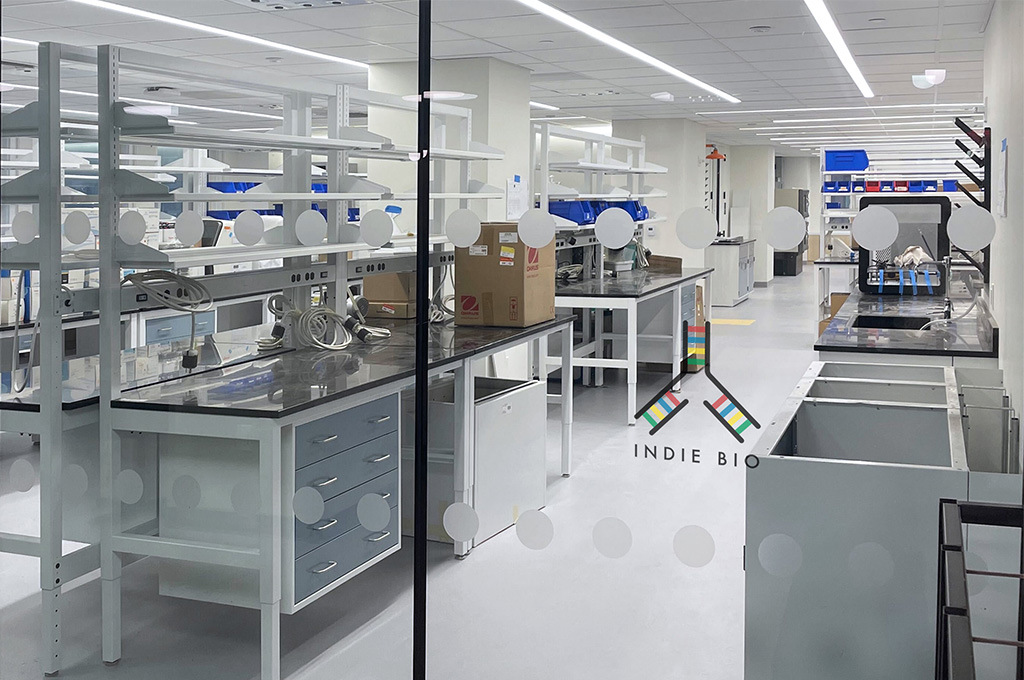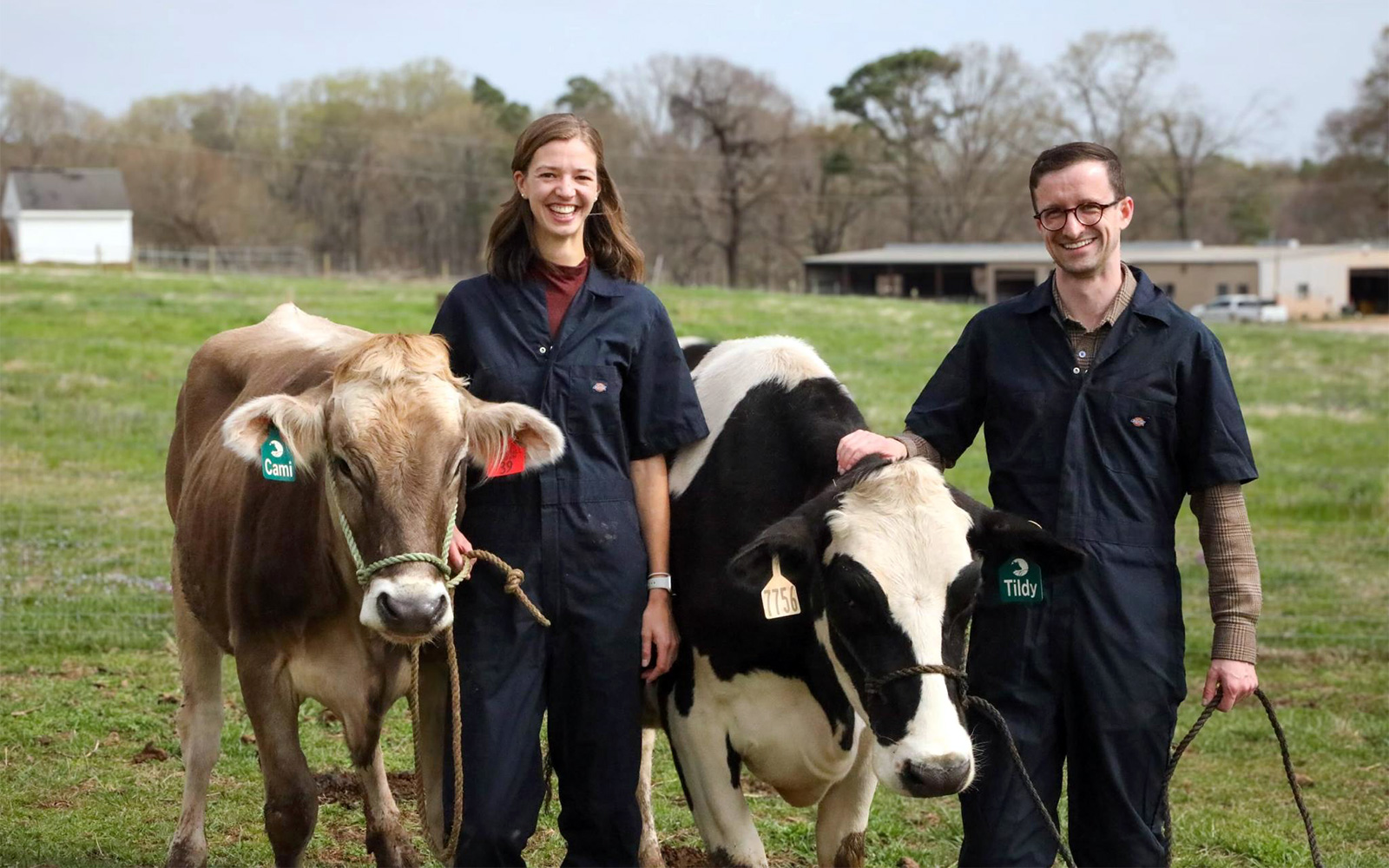What factors drive innovation and supply chain disruption in the manufacture of medicines? What technologies will be critical over the next decade to increase access to vital medication and to manufacture them sustainably?
We asked these questions to 3 entrepreneur thought leaders in our latest ‘Future of The Planet’ event. Below the video are our key takeaways from the discussion.
Drugs Will Be Made on an Assembly Line
Believe it or not, most drugs are still produced in batches, like cooking a recipe in a kitchen. The industry is slowly transitioning toward “continuous flow processes,” which are automated assembly lines in which each pharmaceutical “ingredient” is added at different phases of production.
Continuous flow processes offer several advantages over batch processes, including flexibility and cost. In the simplest terms, this means that once enough of one drug has been produced, one could sterilize the system, alter the raw inputs, and select new pre-programmed settings; voila, an entirely different drug would be synthesized. The drugs would also only be produced when needed, meaning that continuous flow processing allows a manufacturer to delegate resources more efficiently, increase productivity, and adapt to the needs of customers more effectively than by using batch processing.
Each drug batch undergoes heavy scrutiny for quality control to ensure uniformity and safety, but this quality check currently occurs at the end of drug production. Digital analyses of continuous flow processes scrutinize vast volumes of data, and they do so in real-time. This monitoring allows detection and correction for the faintest perturbations during the process, eliminating the need for sample testing, and saving the costs incurred when discarding millions of units of a bad batch.
The Takeaway: The pharmaceutical industry, much like the automotive industry or the semiconductor industry, will soon master the art of manufacturing millions of individual units at reproducible, high-quality levels.
Drugs Will Be Available on Demand
Imagine a portable handheld drug manufacturing device that uses simple raw materials to produce drugs quickly and efficiently: this seemingly far-fetched technology has been under development at the Defense Advanced Research Projects Agency (DARPA) for quite some time, as explained by Dr. Geoffrey Ling, Founding Director of the Biological Technologies Office of DARPA.
Why shouldn’t on-demand drug synthesis be possible? Ling told the panel that recognized the need for such innovation during his time as a field medic in Afghanistan. There, he often faced limited availability for generic drugs, noting, “if I had a chemistry set, I could have made [these drugs] on my own. I only need some organic compounds made of carbon, hydrogen, oxygen, and a little bit of nitrogen. If I had a pencil, a glass of water, and an egg, I could make bromocriptine. The problem is bounded, and automated chemistry will solve it.”
Inspired by his experience in Afghanistan, Ling joined DARPA, and in 2012 he set out to find and fund researchers who could make his vision of a portable pharmacy a reality. The machines as they currently exist are the size of a refrigerator, but Ling believes soon they could be the size of a briefcase. These machines cycle small amounts of chemicals through a series of tiny chambers that can produce thousands of doses of multiple drugs in a matter of hours. Ling sees these systems as crucial for physicians working in some of the world’s most challenging environments and likens them to 3D printers that could one day assemble drugs such as antibiotics, antibodies to treat autoimmune conditions or insulin for diabetes.
For this on-demand vision to come to fruition, the drug regulatory bureaucracy needs an overhaul, and the cost of such devices needs to come down many orders of magnitude before they can be made widely available.
Synthetic biology presents another paradigm shift in the pharmaceutical industry. As Aiden Tinofer, CEO of Liberum noted, “the cost of drug discovery has roughly doubled every nine years since the 1980s, and we’ve also realized that a one-size-fits-all approach is not very effective in treating disease. But a growing group of people believes synthetic biology can get us through these problems.”
Technological advances from the synbio field could provide an essential solution for on-demand production, specific to biologics: cell-free protein printing. Genetic material, already cheap to synthesize, can be directly added to enzymatic systems, generating a molecular assembly line producing peptides or antibodies of choice. Using this system, engineered by Liberum, proteins are manufactured in hours at low cost and high fidelity.
The Takeaway: Increased engineering sophistication both mechanically and biologically will lower the barriers to drug production and offer new ways of making old drugs on-demand for resource-limited users.
Drug Supply and Distribution Will Change
While highly centralized large drug manufacturing plants enable substantial cost efficiencies and scale, COVID-19 has exposed the downsides of a dominant centralized system. A prime example lies in the distribution of the highly anticipated COVID-19 vaccines: distributing vaccines among half the world’s population will require 8000 cargo planes. Emirates, which has one of the largest fleets worldwide, has just 70. The worldwide infrastructure to distribute such a life-saving vaccine is significantly lacking.
Production of said vaccine relies on a global network of supplies, as well. Global dependency, combined with precarious political relationships, has led various countries to draft legislation requiring many domestic companies to have some local manufacturing footprint. Global supply chains are being rewired as we speak.
Distribution channels are evolving too. As more services digitize, and customers’ appetite for bespoke products on-demand increases, drug manufacturers are eyeing the tantalizing profits of selling direct to consumers. Technological advances in manufacturing and logistics could enable this shift. The sentiment for autonomous, self-sufficient, localized systems is high and will present real challenges to globalization.
The Takeaway: A hybrid of drug manufacturing and distribution systems is likely to evolve, whereby different approaches are applied to suit the needs of specific industries, markets, and situations.
How Will Drug Manufacturing Change in the Next Decade?
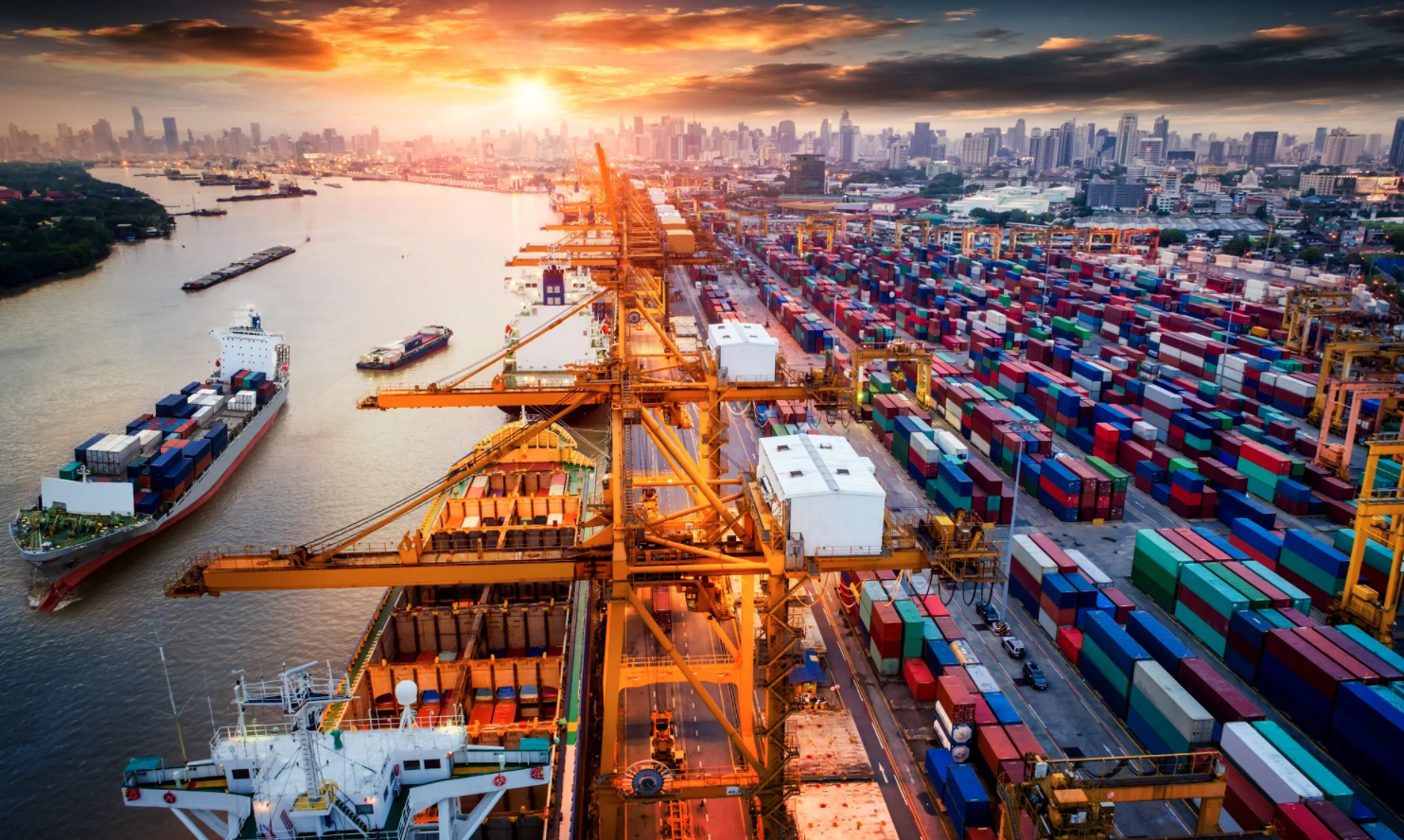
The only certainty may be that the future holds many changes in drug manufacturing. For one, we should see the establishment of more utility companies in the space of synthetic biologies, such as Ginkgo and Twist Bioscience, that take on the hard work of manufacturing proteins and DNA. This division of labor will save time and resources for the smaller downstream players who can design novel applications, find new opportunities, and ultimately increase human health.
As the picks and shovels of this industry emerge, drug discovery will skyrocket, the much-promised technologies of cellular and genetic therapies will come into their own, personalized medicine will finally arrive at the push of a button, and new vaccines will be developed much faster in the face of pandemics. And that’s just the beginning.
Thanks to our panelists:
Geoffrey Ling, Founding Director of the Biological Technologies Office of DARPA, and CEO of On Demand Pharmaceuticals.
Aidan Tinafar, CEO at Liberum Biotech, a company currently in the IndieBio accelerator program, with a benchtop protein synthesizer.
Sauri Gudlavalleti, Global Head of R&D at Dr. Reddy’s Laboratories, which develops and manufactures generic medicines that are sold across 17 countries.

